Hugging Too Tightly

Dogs are incredibly intuitive creatures, but sometimes our well-meaning actions can unintentionally upset them. Recognizing these subtle annoyances can help you nurture a happier and more trusting relationship with your furry friend. It’s natural to want to shower your dog with affection, and hugging feels like the perfect way to do that. However, many dogs don’t enjoy being hugged the way humans do. When you wrap your arms tightly around them, it can feel confining and stressful, almost like being trapped. Dogs rely on their freedom of movement to feel safe, and a tight embrace can trigger anxiety or discomfort. Instead, try gentle petting or soft strokes along their back or chest, which they usually find soothing. Observing your dog’s body language like leaning onto you or relaxing can help you understand when they’re comfortable with your touch. This small adjustment can make your affection feel more like a warm invitation than a restraint, per PsychologyToday
Staring Too Much

Eye contact is a powerful form of communication, but with dogs, too much staring can be misinterpreted. While you might see it as a way to connect, dogs often view prolonged eye contact as a challenge or threat. This is because in the wild, direct staring can signal dominance or aggression, so your dog might feel uneasy or defensive if you lock eyes for too long. Instead, try softening your gaze or looking away occasionally to show you’re friendly and non-threatening. This subtle shift in how you look at your dog can help them feel more relaxed and secure around you, deepening your bond without causing stress, per petmd.
Leaving Them Alone for Long Periods

Dogs are social animals who thrive on companionship and interaction. When left alone for extended hours, they can experience loneliness, boredom, and even separation anxiety. This emotional distress can manifest in behaviors like excessive barking, destructive chewing, or pacing. If your schedule requires long absences, it’s important to provide mental stimulation and social interaction through dog walkers, pet sitters, or playdates. Interactive toys and puzzle feeders can also keep their minds engaged while you’re away. By addressing their social and emotional needs, you help prevent feelings of isolation and build a foundation of trust that reassures your dog you’ll always come back, per Petsy.
Teasing Them

Yes, playfulness is a wonderful part of the human-dog relationship, but teasing your dog by pretending to throw a ball or dangling treats just out of reach can backfire. Dogs rely on clear and consistent communication, and teasing can confuse or frustrate them. When they expect a reward or a game and it doesn’t materialize, it can feel like a broken promise, which may erode their trust in you, making them defiant or aggressive. Instead, focus on games and interactions that have clear rules and outcomes, like fetch or hide-and-seek with treats. This way, your dog learns to anticipate fun and rewards, strengthening their confidence and your connection, per thesciencedog.
Waking Them Abruptly

Just like us, dogs need restful sleep to stay healthy and happy. Interrupting their sleep suddenly, whether by loud noises, grabbing them, or calling them abruptly can startle and upset them. Dogs cycle through different sleep stages, including deep sleep and REM, where they process memories and recharge. Disturbing this process can leave them groggy or irritable. If you need to wake your dog, try doing so gently with soft words or light touches, giving them a moment to adjust. Respecting their rest not only keeps them physically well, but also shows empathy for their needs, which strengthens your emotional bond, per battersea.org.uk
Yelling Around Them
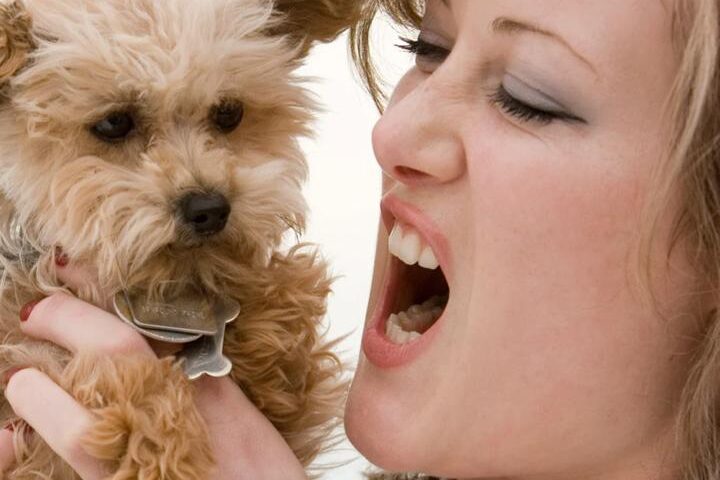
Dogs are highly sensitive to the tone and volume of human voices. Even if you’re not yelling at your dog directly, loud or angry outbursts around them can create an atmosphere of fear and anxiety. Dogs are very smart animals and quickly tend to pick up on emotional cues. So, they may associate shouting with punishment or danger, which can make them nervous or withdrawn. Maintaining a calm and steady voice, especially during training or stressful situations, helps your dog feel safe and understood. This calm communication fosters trust and encourages your dog to respond positively, rather than with fear or confusion.
Skipping Walks or Cutting Them Short
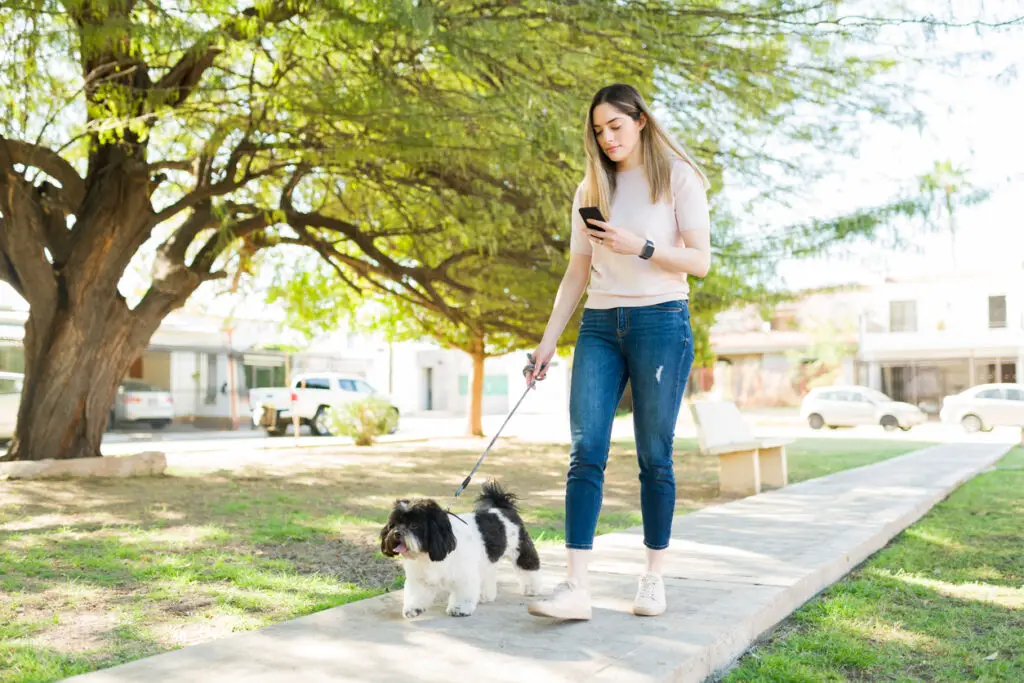
Walks are more than just physical exercise for dogs; they’re vital for mental stimulation, socialization, and exploring the world through their senses. When walks are skipped or rushed, dogs miss out on these enriching experiences, which can lead to boredom and pent-up energy. This frustration might show up as restlessness or destructive behavior at home. Prioritizing regular, unhurried walks allows your dog to sniff, explore, and interact with their environment, which is essential for their well-being. It also provides valuable bonding time where you can tune into each other’s rhythms and enjoy shared adventures.
Loud Noises Like Vacuuming
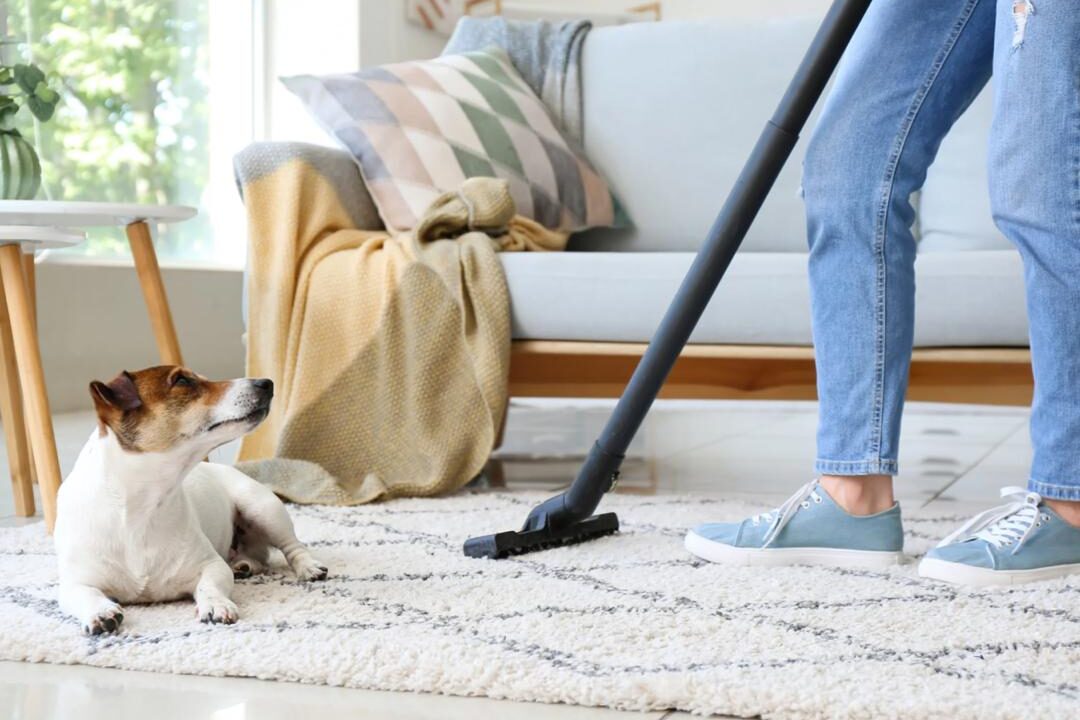
Many dogs have sensitive hearing, and loud household noises like vacuum cleaners, blenders, or hairdryers can be genuinely frightening. These sounds are often unpredictable and intense, triggering a stress response. In such cases, some dogs may try to hide, bark excessively, or even become aggressive out of fear. To help your dog cope, try to desensitize them gradually by exposing them to these noises at low volumes while offering treats and praise. Alternatively, keep your dog in a quiet, safe space during noisy chores. Understanding and accommodating their sensitivity also shows respect for their comfort and helps reduce their anxiety.
Dressing Them Up

Dressing dogs in clothes or costumes can be adorable, but the truth is, many dogs find wearing apparel uncomfortable or restrictive. Clothing can interfere with their natural movements, cause overheating, or irritate their skin. While some dogs tolerate or even enjoy wearing items like sweaters in cold weather, it’s important to watch for signs of discomfort such as scratching, biting at the clothes, or trying to escape them. Always prioritize your dog’s comfort over aesthetics, and introduce any clothing gradually with positive reinforcement. When done thoughtfully, dressing your dog can be a fun way to bond, but forcing it can damage trust.
Using Inconsistent Schedules

Dogs thrive on routine because it provides predictability and security. Feeding, walking, and playtime at irregular times can confuse your dog and make them anxious. They learn to anticipate events based on your schedule, and inconsistency can disrupt their sense of stability. This can lead to behavioral issues like begging, whining, or hyperactivity. Establishing a consistent daily routine helps your dog feel safe and cared for, reinforcing your role as a reliable caregiver. Over time, this predictability deepens your dog’s trust and comfort in your relationship.
Overcrowding Them with Other Dogs
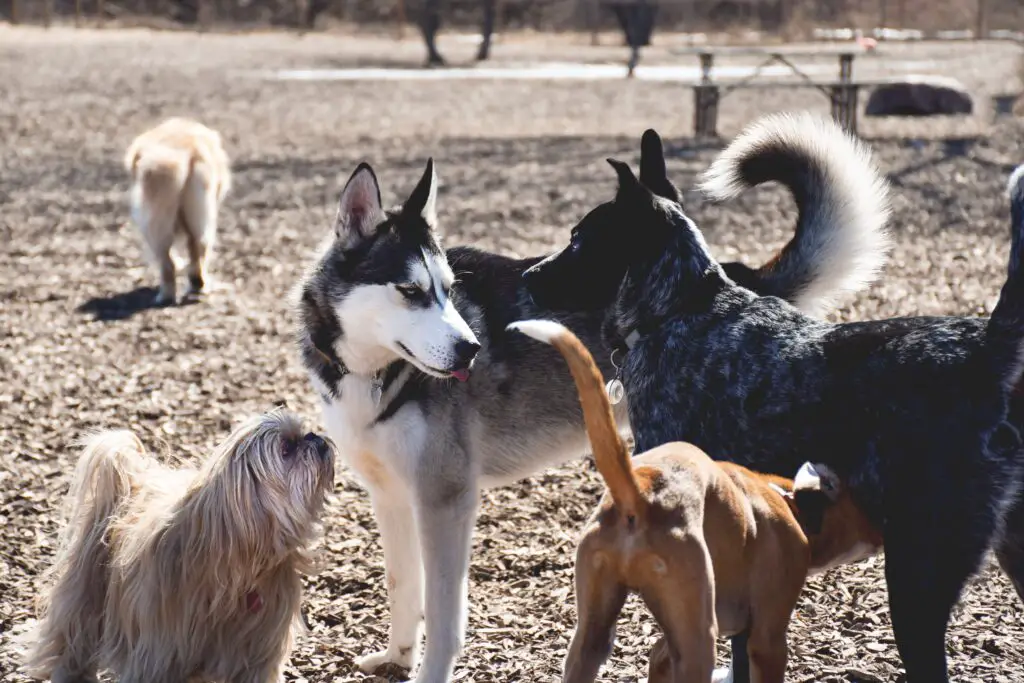
While many dogs enjoy socializing, not all are comfortable in crowded or noisy environments. Overwhelming your dog with too many unfamiliar dogs at once, like in busy dog parks or daycare centers can cause stress, fear, or aggression. Some dogs are naturally shy or have had negative experiences that make large groups intimidating. It’s important to observe your dog’s reactions and respect their social limits. Gradually introducing them to new dogs in calm settings and allowing them to retreat when needed helps build confidence and positive social skills, strengthening your bond through understanding.
Ignoring Their Need for Mental Stimulation

Physical exercise alone isn’t enough to keep a dog happy; their minds need exercise too. Without mental challenges, dogs can become bored, frustrated, and even destructive. Puzzle toys, training sessions, scent games, and interactive play provide essential cognitive stimulation. These activities engage your dog’s problem-solving skills and curiosity, making them feel fulfilled and content. Ignoring this need can lead to behavioral problems and a disconnect between you and your dog. By investing time in mental enrichment, you show your dog that you care about their overall happiness, which deepens your connection.
Here are 6 things that build their bond with you:
Offering Quality Time
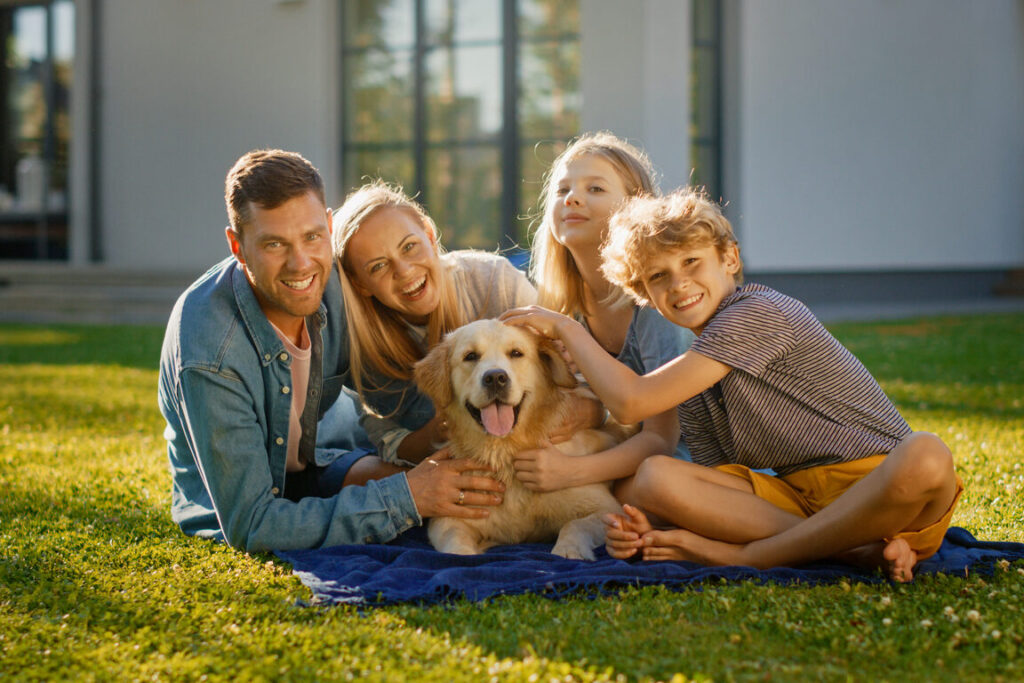
Dogs thrive on attention and companionship, and spending quality time together is one of the simplest ways to strengthen your bond. Whether it’s an afternoon walk, a game of fetch, a family gathering, or simply lounging on the couch, these moments of connection remind your dog that they’re loved and valued. Dogs are incredibly attuned to your presence, and they appreciate when you focus entirely on them without distractions like phones or other commitments. Even small gestures like sitting beside them while they nap or scratching their favorite spot can mean the world to them. Quality time isn’t about grand gestures, it’s about consistency and presence. These shared moments build trust and create lasting memories that deepen your relationship over time.
Positive Reinforcement Training

Training is more than teaching commands, it’s a powerful way to communicate with your dog and foster mutual respect. Positive reinforcement training uses rewards like treats, praise, or toys to encourage desired behaviors, making learning enjoyable for your dog. This approach eliminates fear or confusion, helping your dog feel confident in their actions. Training sessions become opportunities for bonding as you work together towards shared goals. Over time, consistent positive reinforcement builds trust and strengthens the connection between you two. It also helps your dog associate you with positive experiences, making them eager to please and cooperate. The best part? It isn’t just about obedience, it’s about creating a partnership based on understanding and encouragement.
Regular Exercise and Play
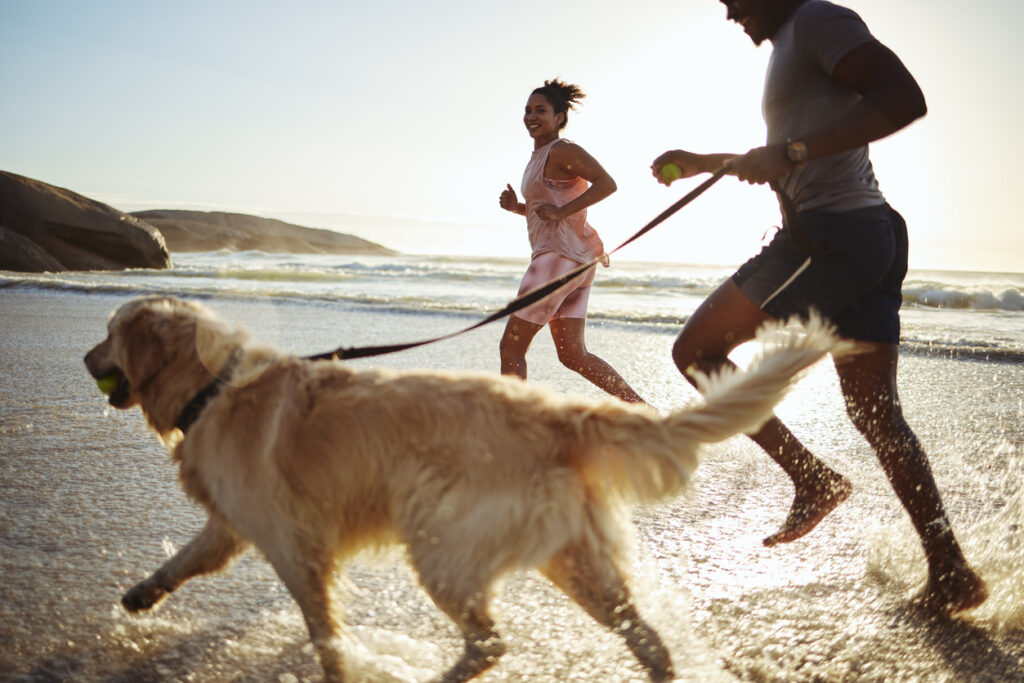
Physical activity is essential for your dog’s health, but it’s also a joyful way to bond. Dogs love playtime because it releases energy, reduces stress, and strengthens their trust in you as their companion. Activities like tug-of-war, frisbee, or exploring new trails together create positive associations with you as the source of fun and adventure. Play also stimulates their mind, keeping them sharp and engaged while reinforcing your role as their favorite playmate. Tailoring games to suit their preferences, whether it’s chasing balls or solving puzzles, shows that you’re attentive to their needs. Regular exercise is not only beneficial for their body; it’s an opportunity for a shared joy that nurtures your relationship.
Gentle Grooming Sessions

Grooming goes beyond keeping your dog clean, it’s an intimate act of care that strengthens trust. Brushing their coat, cleaning their ears, or trimming their nails can be soothing when done patiently and gently. Dogs often enjoy the tactile comfort of grooming when it’s approached as a calm ritual rather than a chore. These sessions allow you to connect through touch while ensuring their physical well-being. Over time, grooming becomes a bonding experience that reassures them of your attentiveness to their needs. Adding verbal praise or treats during grooming can make it even more positive for them. When done thoughtfully, grooming transforms into an act of love that deepens your connection.
Speaking Calmly and Kindly

Your voice is one of the most powerful tools in communicating with your dog. Dogs are highly sensitive to tone, and speaking calmly reassures them that they’re safe and loved. Whether you’re giving commands or comforting them during stressful situations like thunderstorms or vet visits, a gentle voice can ease anxiety and build confidence. Consistency in using kind words fosters an environment of trust where your dog feels understood rather than overwhelmed. Even simple phrases like “good boy” or “you’re okay” can have profound effects on their emotional state. Over time, this calm communication strengthens your bond by creating a sense of security in your relationship.
Respecting Their Boundaries

Every dog has unique preferences and comfort zones shaped by their personality and experiences. Respecting these boundaries, whether it’s giving them space when they need it or recognizing when they’re uncomfortable. It shows empathy for their feelings. Forcing interactions or pushing them into situations they dislike can damage trust and create anxiety. Instead, observe their body language closely to understand what makes them happy or uneasy. Allowing them to retreat when they feel overwhelmed demonstrates that you prioritize their emotional well-being over control. This mutual respect builds a foundation of trust where your dog feels safe being themselves around you. In the end, building a bond with your dog is about understanding their needs and showing unconditional love through everyday actions. By investing time in these practices, you’ll create a relationship filled with trust, joy, and lasting companionship


